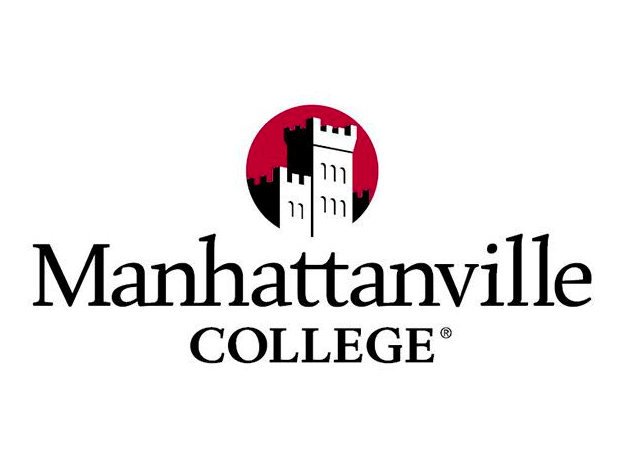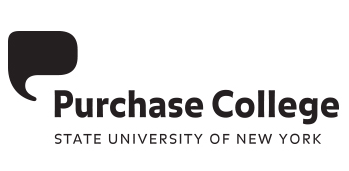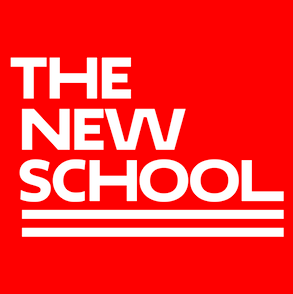ASSESSMENT
Qualitative and Quantitative - 2002 to present
Why does the word assessment strike fear into the hearts of so many arts educators?
Maybe it's because we haven't taken the time to identify and understand the skills we expect to cultivate in the classroom. Or, possibly, assessing other people challenges us to confront our own learning edge. At the program level there may be funding restrictions based on outcomes, and outcomes may be dictated by outside governance.
I have had the opportunity to assess programs, syllabi, curricula, organizations and individuals. Trust me, assessment is not
a dirty word.
Fortunately the human mind is very well suited to assessment and reassessment. From qualitative to quantitative, to large scale complexity theories, to making decisions about how to navigate around the tourists in Times Square, we are utilizing our abilities to perceive, make choices, and then assess our choices. And, because of neuroplasticity, we can make changes based on the assessments we make.
In higher education assessment happens at the local level between the faculty member, the course content and the students. It happens at the course wide level between the content of one course and another. It may happen between elements of the year level experience or the core curriculum. It also happens at the program level.
Program assessment can be required by a governing board, advisory committee or sponsoring organization. Many organizations think about assessment process as they are developing their programs, and then implement that process as a measure of accountability. Assessment is useful for goals, mission or vision alignment from the local level to the program level to the institutional level.
_____
I have found both qualitative and quantitative assessment useful in my work.
At the local level I find applied narrative theory and direct observation useful when working with leaders, instructors and students. Giving constructive feedback about behavioral observation allows the observed to engage in their own growth trajectory through metacognitive insight.
In executive and transformative coaching, quantitative assessment brings concrete, individual specific learning opportunities and goal setting. Qualitative assessment is often used as a way to support a client in identifying growth areas and celebrating success. Assessment allows for co-creative planning, responding and redirecting loops.
In organizational development, quantitative assessment can assist in benchmarking and bottom-lining. This is the kind of assessment that most organizational leaders are familiar with - the survey, the 360, data in numbers. But, qualitative assessment can also be helpful within organizations. Appreciative inquiry and reflective practice can aid in the synthesis of diagnostic information and can lead to action plans. These methods are also helpful for futurecasting processwork. Using interviews and grounded theory allow for a balance between the qualitative and the quantitative, and allows for assessment participation to happen at all levels within an organization.
Those of us working in Higher Education are familiar with the development of performance indicators that can allow for alignment and compliance. In my time at The New School I created and mapped the learning outcomes for the BS in Urban Design at Parsons for NASAD accreditation. I developed the program objectives, learning outcomes, and performance criteria for the BFA in Dramatic Arts for NYSED accreditation and use in every BFA syllabus across the four year curriculum. And, I worked with the Office of Teaching and Learning at COPA on clarifying and updating the program objectives for the MFA programs in Acting, Directing and Playwriting for the most recent MSCHE review.






